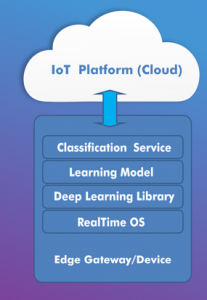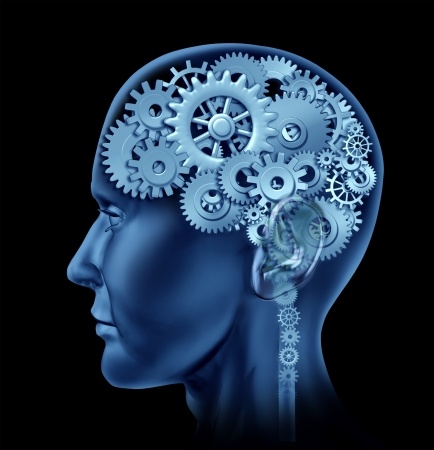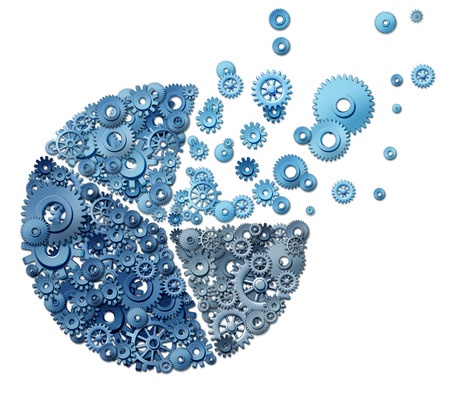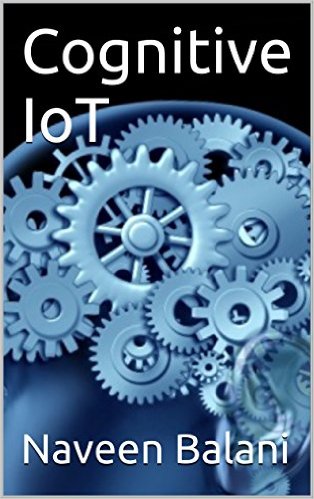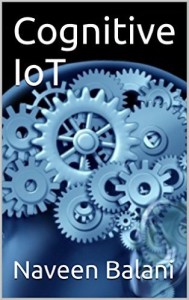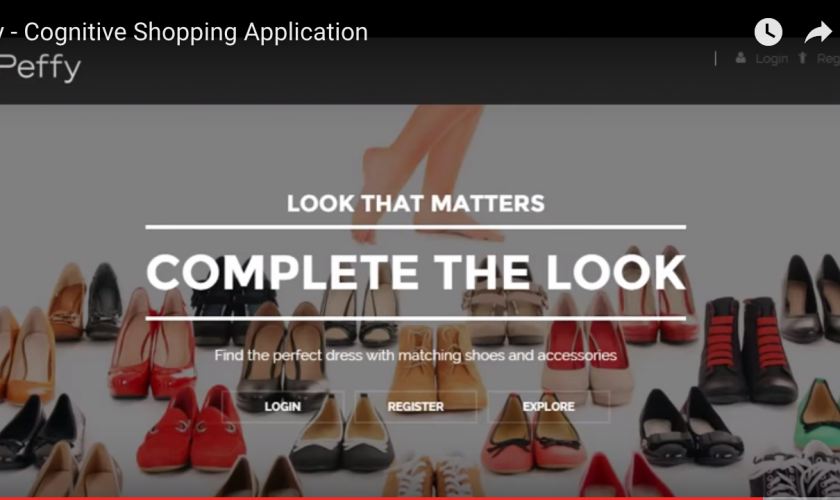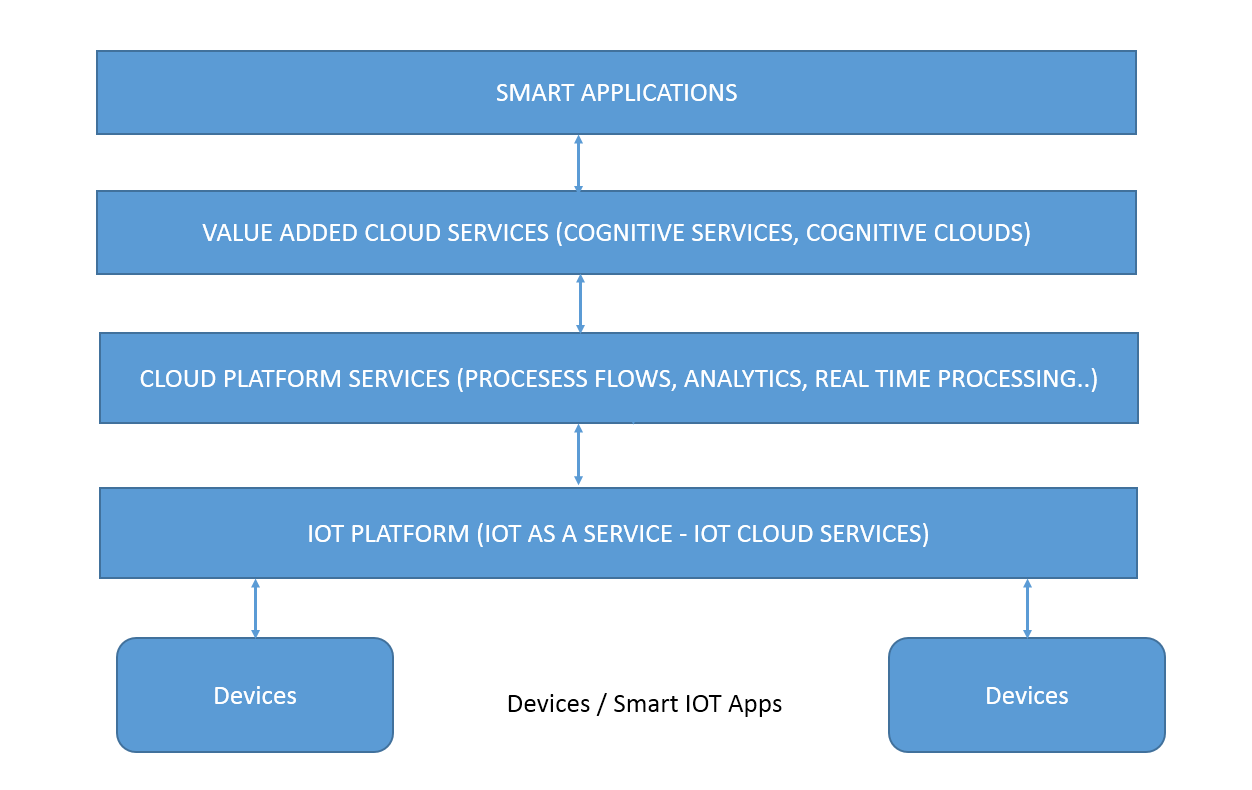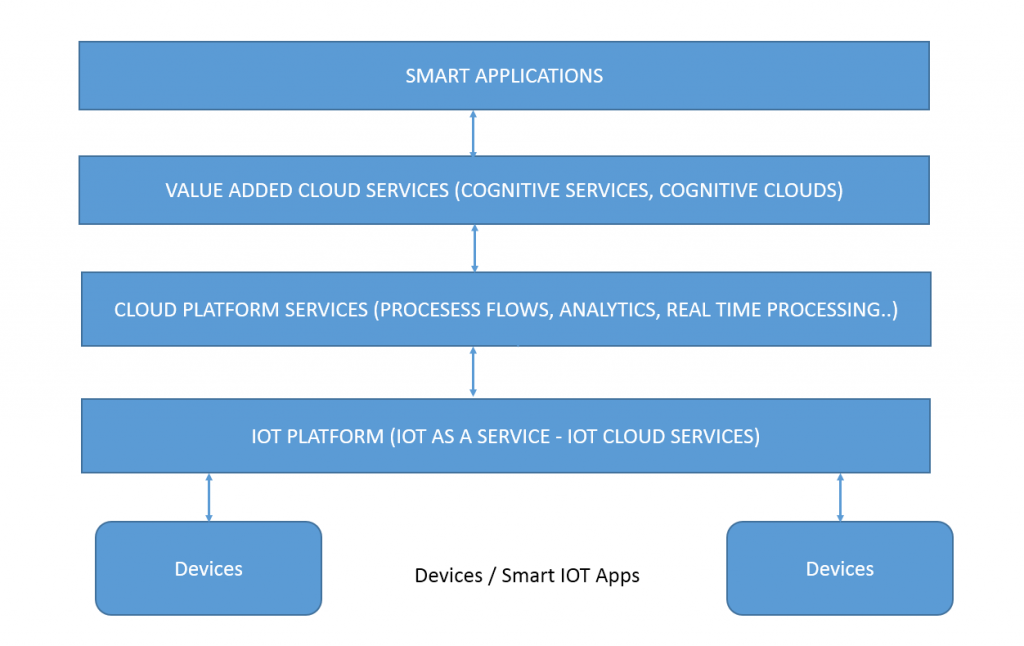I am happy to share we are live with Internet of Birds platform.
Internet of Birds (IoB) is the first citizen science platform to identify birds from the Indian subcontinent through the power of Artificial Intelligence, Deep Learning and Image Recognition. IoB is a citizen science platform by Accenture Labs in collaboration with BNHS.
Internet of Birds is trained on Indian birds using a Convolutional Neural Network. I will share my findings on building the Internet of Birds platform in a later blog, where i would describe the challenges in building up a generic Image recognition service. The same learnings can be applied to any use cases. The end solution can be accessed as a service over the cloud or at the edge network (for more details listen to my talk on – building connected products – edge gateway and CNN) for real-time decision making using Images as one of the context parameters.
The internet of birds website can be accessed at – http://internetofbirds.com. Here is the youtube video on IoB –
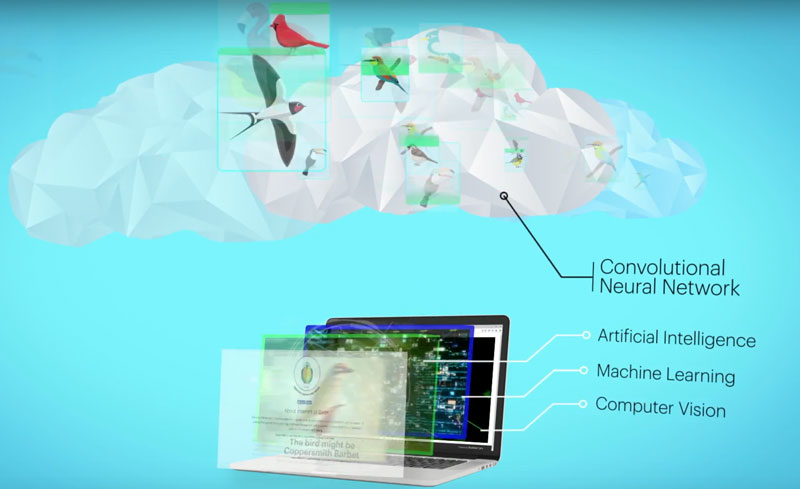
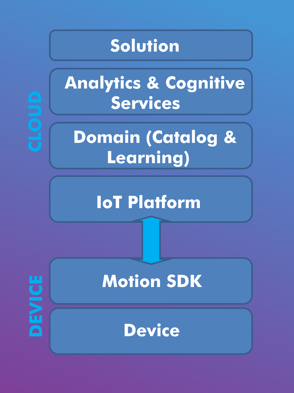
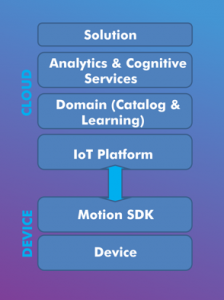 For an architecture stack perspective, you have the low powered embedded device installed inside the ball or embedded as part of the design and manufacturing process, its provides at least 6 Axis combo sensor for accelerometer and gyroscopes reading to identify any movement in 3d space. A Motion SDK is installed on top of the device to identify any movements in general and communicate the reading to the cloud. In cloud, we have the learning model or the training data. Basically, we would ask an expert batsman to bat and play various expert strokes like cover drive etc. and record their movements from sensors (bats/pads etc) as well as visuals (postures etc), this would be used as the training / test data and comparison would be made against it. As we are comparing 3D models, machine learning approaches like dimension reduction can be employed ( and many new innovation approaches) to compare two motion and predict the similarity. Similar training data is captured from an expert baller, along with other conceptual information like hand movements, pitch angles etc.
For an architecture stack perspective, you have the low powered embedded device installed inside the ball or embedded as part of the design and manufacturing process, its provides at least 6 Axis combo sensor for accelerometer and gyroscopes reading to identify any movement in 3d space. A Motion SDK is installed on top of the device to identify any movements in general and communicate the reading to the cloud. In cloud, we have the learning model or the training data. Basically, we would ask an expert batsman to bat and play various expert strokes like cover drive etc. and record their movements from sensors (bats/pads etc) as well as visuals (postures etc), this would be used as the training / test data and comparison would be made against it. As we are comparing 3D models, machine learning approaches like dimension reduction can be employed ( and many new innovation approaches) to compare two motion and predict the similarity. Similar training data is captured from an expert baller, along with other conceptual information like hand movements, pitch angles etc.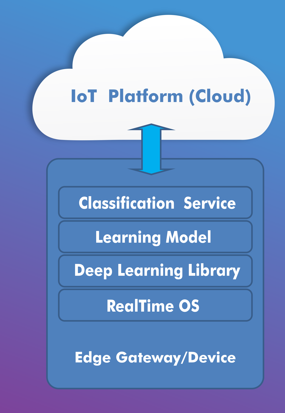
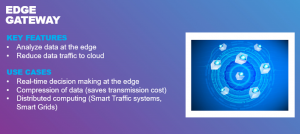 In order to build out the solution, you need to employ computer vision algorithms on the edge. You can build this using commercial available API’s or using various open source deep learning framework like Theano, TensorFlow, Café etc. Deep learning is a branch of machine learning for learning multiple levels of representation through neural networks. Neural network in image processing, automatically infer rules for recognizing images instead of you extracting thousands of features to detect images.
In order to build out the solution, you need to employ computer vision algorithms on the edge. You can build this using commercial available API’s or using various open source deep learning framework like Theano, TensorFlow, Café etc. Deep learning is a branch of machine learning for learning multiple levels of representation through neural networks. Neural network in image processing, automatically infer rules for recognizing images instead of you extracting thousands of features to detect images.